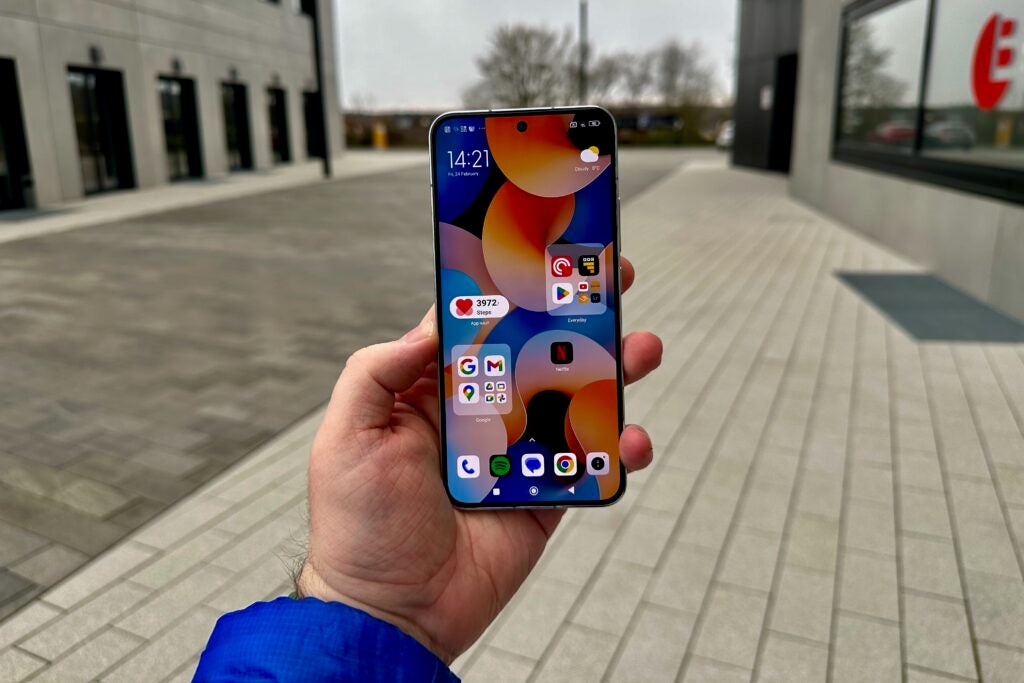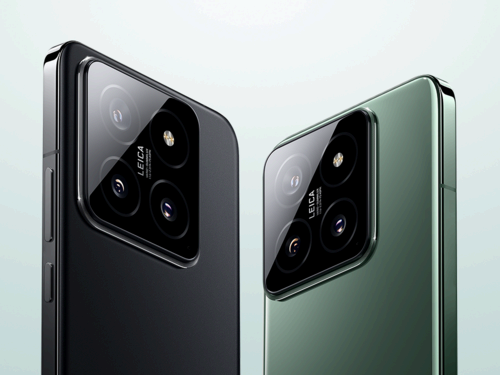Xiaomi recently announced a brand-new handset in the Xiaomi 14, but can it stack up to what came before?
The handset market is more saturated than ever before, with new additions from the likes of Apple, Google, OnePlus and now, Xiaomi.
The announcement of the Xiaomi 14 has spiked our interest in the company’s previous handset, the Xiaomi 13. We’re going to take a look at all the key differences – and similarities – between these two Xiaomi handsets so you can figure out which device is best suited to you.
It’s worth noting that unlike the Xiaomi 13, we haven’t been able to fully review the Xiaomi 14. With that being said, we can use the information provided by Xiaomi to glean the critical distinctions between these handsets, so make sure you keep scrolling to find out more.
Up to 3000 nits of brightness on the Xiaomi 14
The Xiaomi 14 utilises C8 light-emitting material with a peak brightness of 3,000 nits, according to the company. The screen pixel density has been enhanced from 460ppi, which should deliver more detail. The inclusion of LTPO technology means that variable refresh rate can jump from 1Hz to 120Hz, which should allow for smooth scrolling during intensive workloads while still conserving battery life in the meantime. In terms of size, it sits at 6.36 inches with a 1200 x 2670 resolution.
Turning towards the Xiaomi 13, it touts a 6.36-inch AMOLED display with a 2400×1080 resolution and a variable 120Hz refresh rate. In our review, we noted that the Xiaomi 13 delivered strong levels of brightness, with Dolby Vision support helping to highlight brighter scenes while ensuring darker-lit moments were inky and immersive in supported content. The variable refresh rate on the Xiaomi 13 is less impressive compared to its successor, moving between 60Hz and 120Hz.

Snapdragon 8 Gen 3 vs Snapdragon 8 Gen 2
One of the most notable aspects of the Xiaomi 14 is that it comes with the newly released Snapdragon 8 Gen 3. The company claims that this chip should provide superior performance and higher power efficiency than its predecessor. It also comes with Xiaomi Loop LiquidCool technology, which should offer a stable and comfortable experience by keeping the handset cool during intensive operations like gaming or high-resolution streaming.
The Xiaomi 13 comes with Qualcomm’s last flagship chip, the Snapdragon 8 Gen 2. Our reviewer found that the Xiaomi 13 performed very well; games ran with ease, with the handset staying at a reasonable temperature, and our benchmarking tests prove that it can hold its own against its peers.
Until we test out the Xiaomi 14 and see what the latest Snapdragon 8 Gen 3 chip has to offer, we can’t comment on the performance differences between these two handsets. But if Qualcomm and Xiaomi are to be believed, the Xiaomi 14 may be the best pick for those who prioritise raw power.
90W HyperCharge support on the Xiaomi 14
The Xiaomi 14 comes packed with a 4610mAh cell and comes with the Xiaomi Surge P2 charging chipset and a Xiaomi Surge G1 battery management chipset. It boasts 90W wired HyperCharge and 50W wireless HyperCharge, which should ensure speedy charging times, although Xiaomi hasn’t given us any numbers to go off just yet.
Turning towards the Xiaomi 13, it comes with a 4500mAh battery cell and supports both wired and wireless charging, just like its successor. It uses 67W wired turbocharging as well as 50W wireless turbocharging, with our tests showing that it could reach a full charge from 0% in between 36-42 minutes.

More colourways for the Xiaomi 14
While the colourway of a handset may not have an impact on its performance, it is important in terms of aesthetics. The Xiaomi 13 can be found in three colourways, including White, Black and Flora Green. Interestingly, in the UK, the phone can only be found in the standard black finish, which was a bugbear in our review.
Xiaomi has improved in this area, offering the Xiaomi 14 in four different colours; Jade Green, Black, White and Snow Mountain Pink. It’s not clear if UK consumers will have access to all four options, but it suggests a lot more variety than its predecessor.

